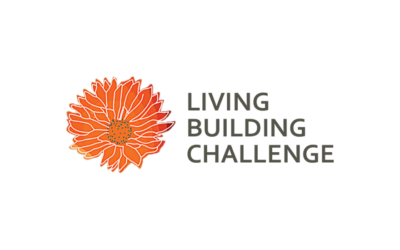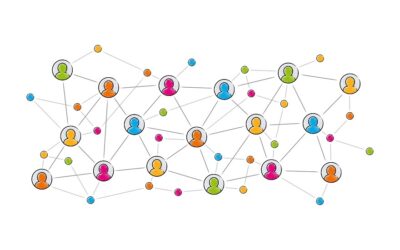Commentary provided by Maria Clara Dominguez, Director, Zoologico de Cali; Hap Fatzinger, Director, North Carolina Aquarium at Fort Fisher; Eric Miller, DVM, Senior Counsel to Zoo Advisors and Director Emeritus, Saint Louis Zoo WildCare Institute; and Jackie Ogden, Senior Counsel to Zoo Advisors and Retired, Animals, Science and Environment for Walt Disney Parks and Resorts.
What’s the Status?
“The health of ecosystems on which we and all other species depend is deteriorating more rapidly than ever. We are eroding the very foundations of our economies, livelihoods, food security, health and quality of life worldwide.”
–Sir Robert Watson, IPBES (Intergovernmental Science-Policy Platform on Biodiversity and Ecosystem Services) Chair
Human-induced extinctions are not recent news, but the scale at which humans are impacting wildlife has never been higher. The most recent UN report estimates that one million species are threatened with extinction due to our activities, significantly changing life on earth for all living things, including humans. This report, based on 15,000 scientific and government sources and 145 experts from 50 countries, once again confirms that extinction rates are hundreds of times higher than “natural” rates of extinction, even exceeding the rate of the rapid extinction of dinosaurs.
What’s Our Role?
Reports like this can be overwhelming and even depressing. But we should always remind ourselves of the quote, “Each journey starts with a step…” and we need to continue to press on.
Hap Fatzinger implores, “As AZA organizations, with 200 million visitors a year, we must work harder to share a message of optimism aligned with action. It is the responsibility for every one of our team members (staff, volunteers, board members, etc.) to embrace our role and take individual and collective action to support behavior change. We carry a huge burden: we are the voice for wild animals and healthy ecosystems across the globe, and we must ensure our audience is not only listening, but also acting.”
Zoos and aquariums provide the opportunity to create a connection to species and ecosystems in peril and to be “lifeboats” for individual species: Micronesian kingfishers, Arabian oryx, Ozark hellbenders, California condors, black-footed ferrets, and many more. By connecting zoo-based efforts to field conservation, we believe zoos and aquariums are fulfilling their goal to be proverbial “Arks.” But given the threats we face, we must not rest on our laurels.
What’s Currently Being Done?
Programs like AZA’s SAFE (Saving Animals From Extinction) make it easy for all of our zoos and aquariums to be involved in meaningful conservation. The zoo and aquarium community can point to many individual successes, e.g., Arabian oryx and the Zoological Society of London and the Phoenix Zoo; the group effort to save the bird life of Micronesia; Ozark hellbenders and the Saint Louis Zoo; Hawaiian bird life and the San Diego Zoo; and the recent reintroduction of the once extinct-in-the-wild scimitar-horned oryx to Chad in multiple zoos.
What More Must We Do?
Maria Clara Dominguez provides this guidance: “While the work done by zoos for captive breeding and establishing ex-situ projects has always been incredibly valuable, an extinction emergency of this magnitude calls for immediate protection of habitats and for cooperative conservation strategies with local governments and communities. This is because zoos cannot hold one million species within their grounds, especially if their habitats are being decimated and wild populations may not be able to return to their natural state.
Unfortunately, our financial and human resources are limited, and with current levels of deforestation, climate change and rapidly decreasing populations, it may be impossible to save all species from disappearing forever — but it is our job to maximize our conservation efforts…”
How Can We Achieve This?
We believe that our organizations – regardless of size – can make a meaningful impact on species and their survival, particularly when we collaborate. Size of the institution does not matter but focus and dedication do. Every institution can address this crisis though breeding programs, field conservation, and education. Contact us to learn more about how Zoo Advisors can assist you with your conservation efforts.





